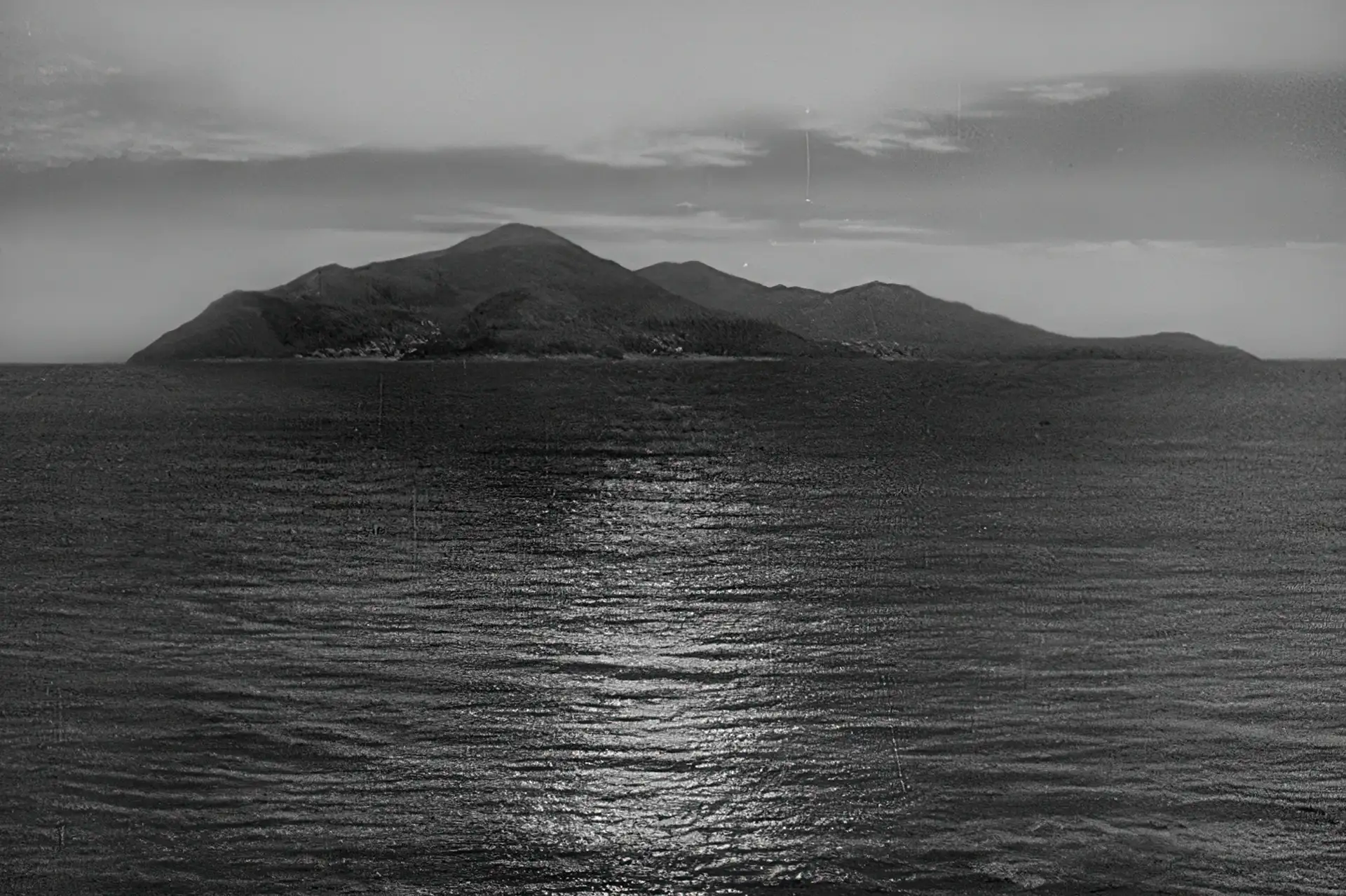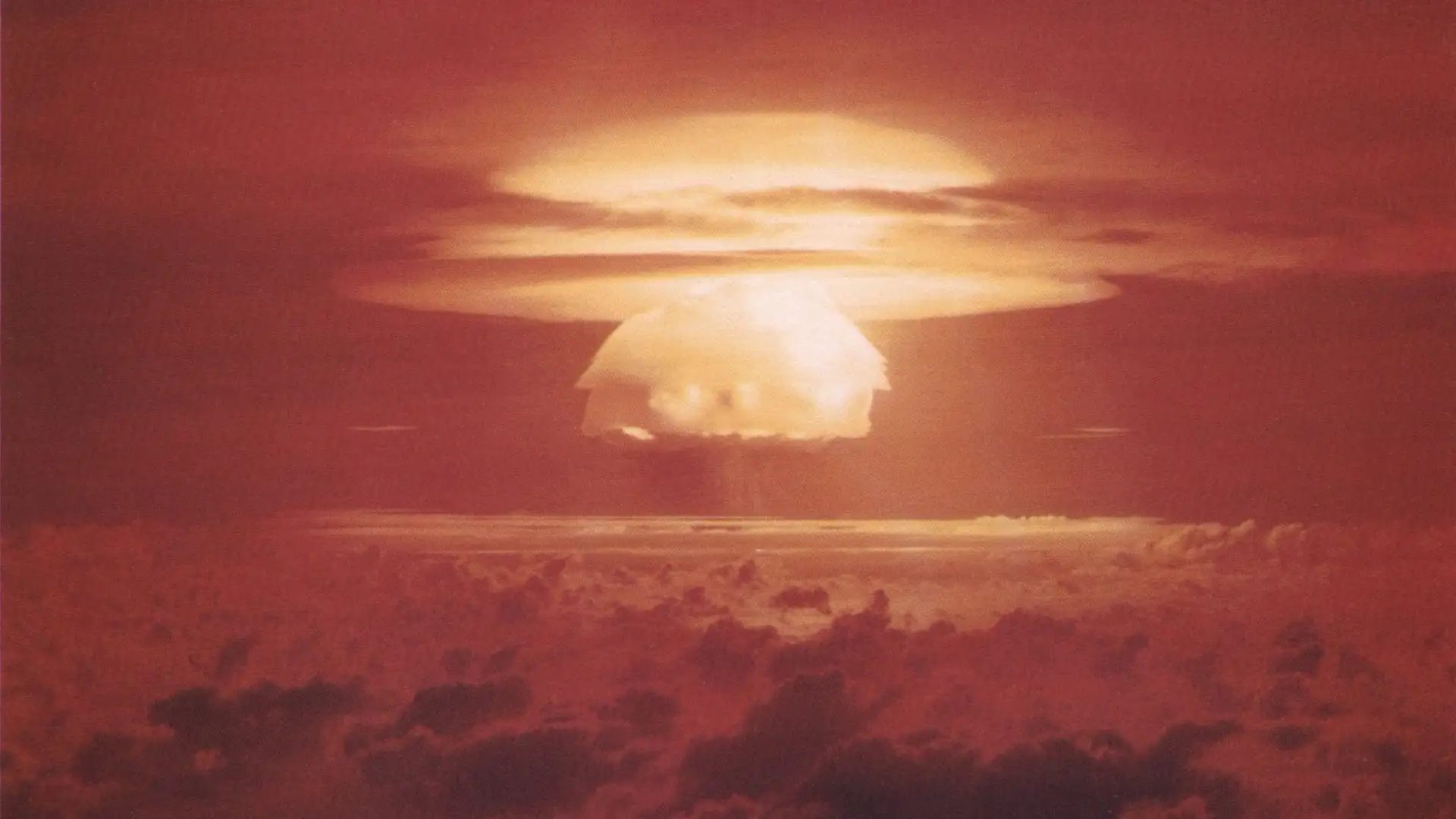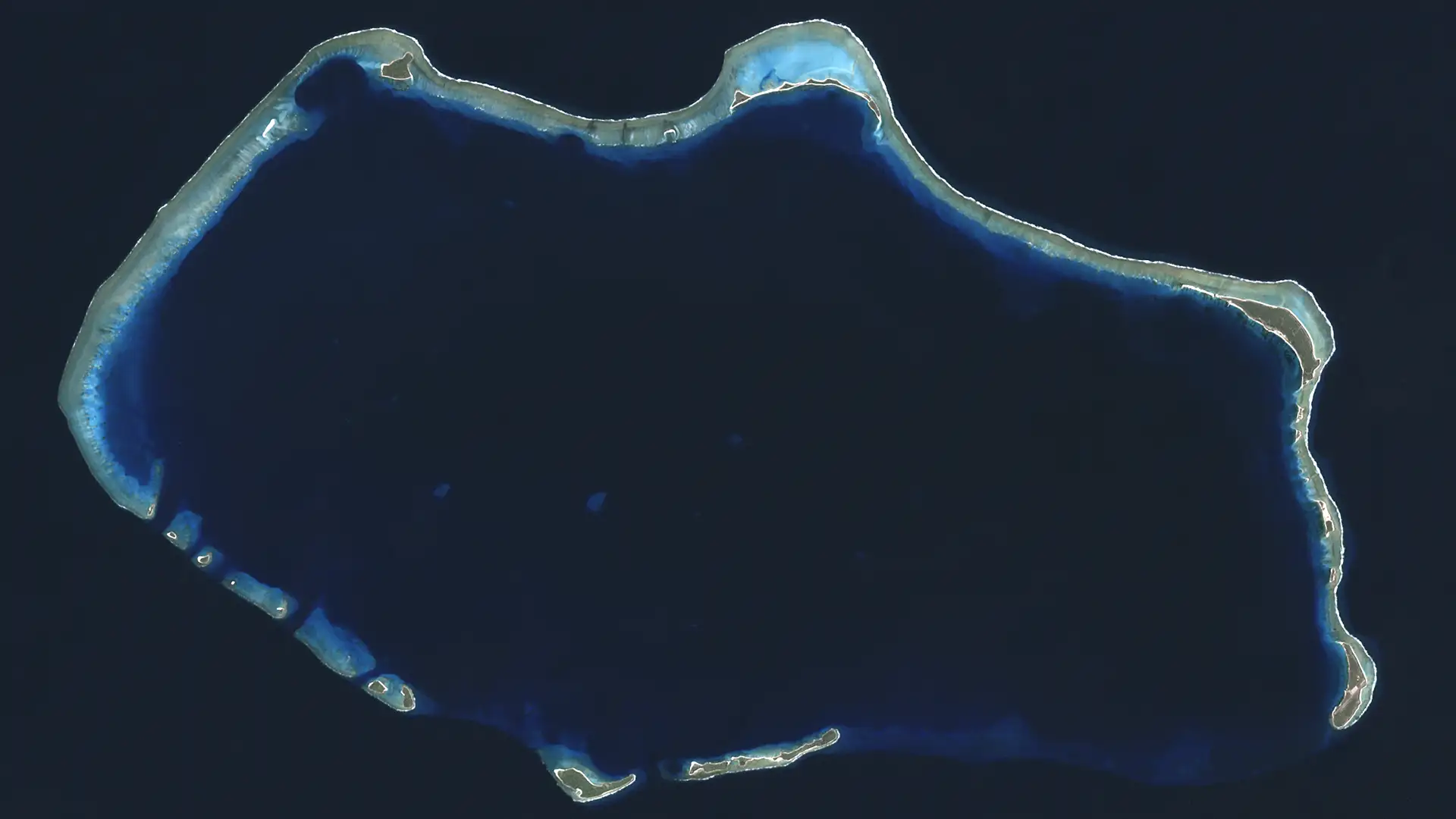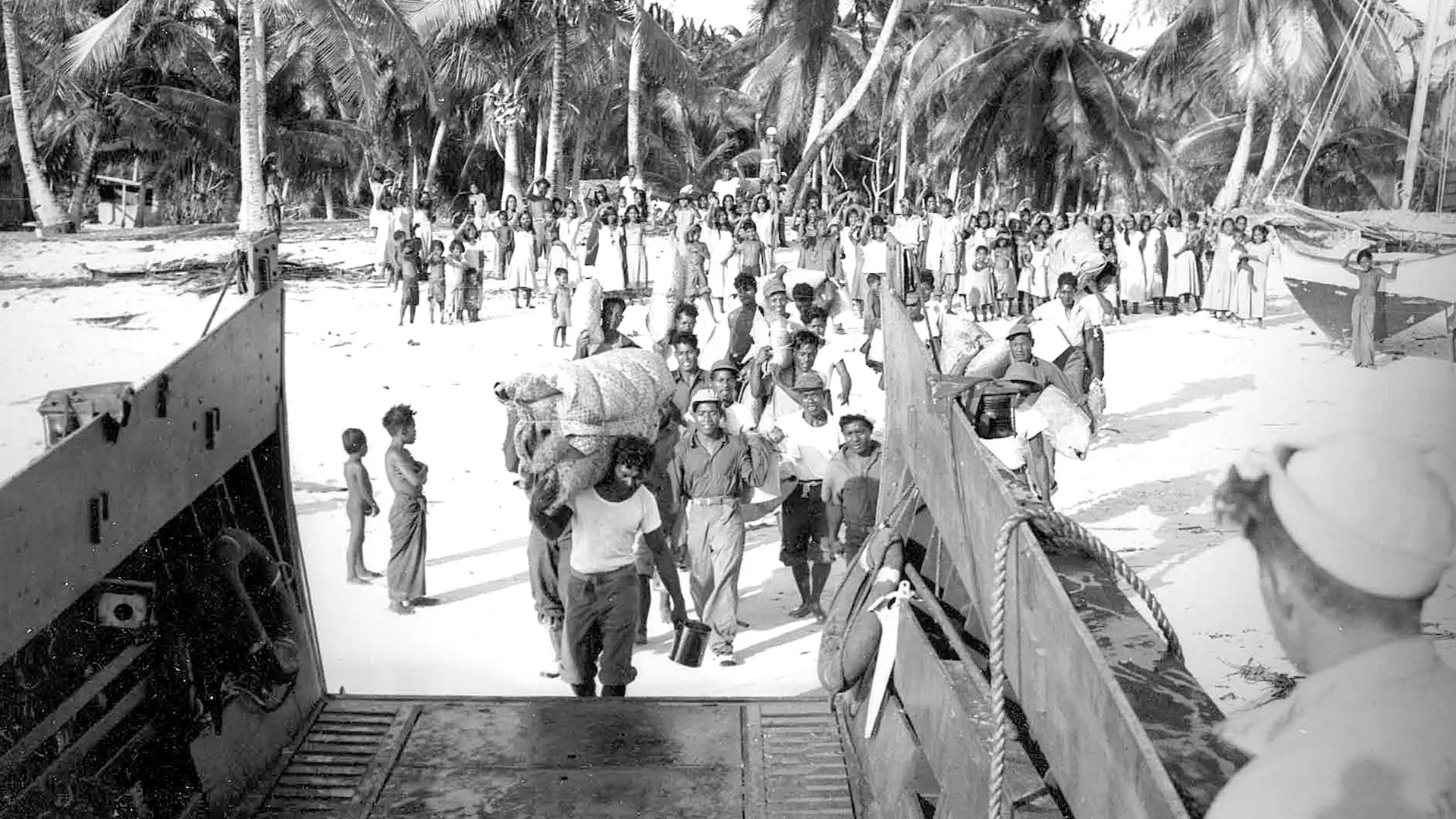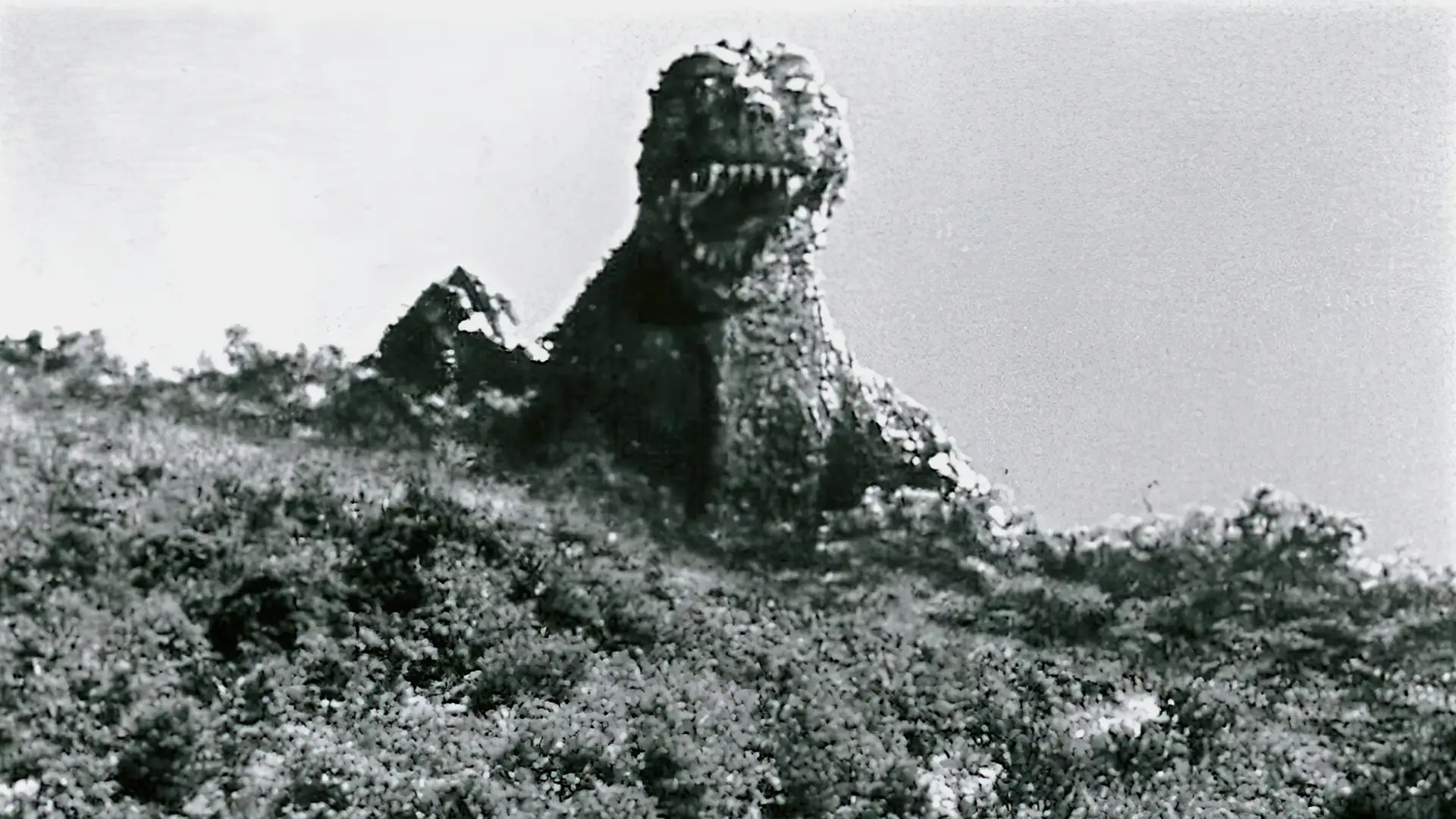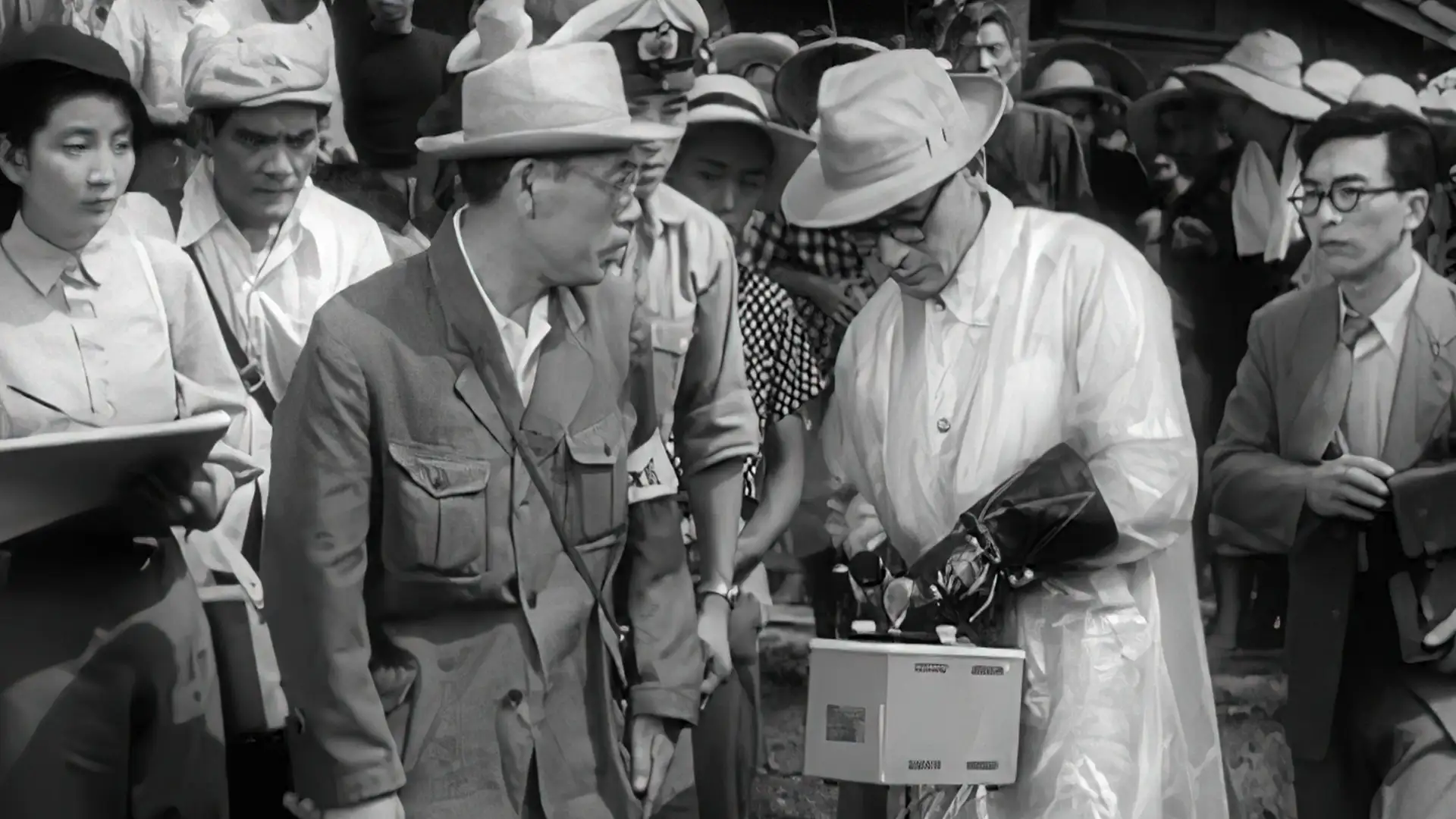3.9.2024 (Rev 3.10)
March 1 was the 70th anniversary of the Bikini Atoll bomb test conducted by the U.S. in 1954. The radiation from the blast fell upon the Japanese fishermen aboard the Lucky Dragon No 5 miles away. This event spawned the creation of Godzilla in the mind of Product Tomoyuki Tanaka who recreated it in the opening scene of Godzilla (November 3, 1954) when the crew of Eiko Maru were blinded by his light and consumed by his fire. But they were not the only victims of the bomb in the film. Many now know of the not-so-lucky Lucky Dragon. But how many know who the Odo Islanders represent. After Dr. Yamane and his investigation team depart for Tokyo, moviegoers never see the island again. What became of the islanders after Godzilla came ashore. Going to Odo Island film location was the highlight of my trip to Japan last year. It was an experience that I will never forget. To see the hill where Godzilla first appears is a dream come true. But what would have become of me if I were running away from Godzilla with the crowd. The identity of “Odo Island” people and their fate is found in returning to the Marshall Islands at the time of Operation Castle.
